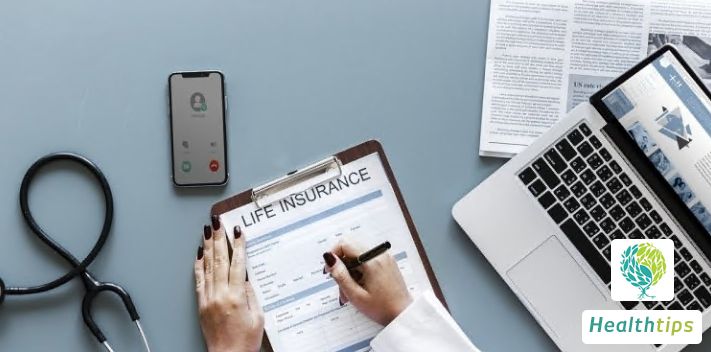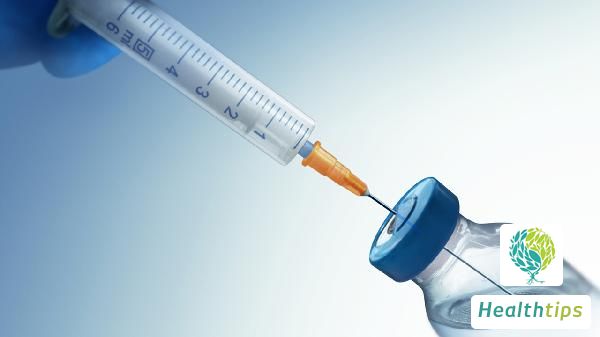What is the equivalent degree of vision for 4.9 on the visual acuity chart?
Vision and Degree Correlation

Generally, a visual acuity of 4.9 corresponds roughly to a visual acuity of 0.8. Some individuals with 4.9 visual acuity may only have a myopia of 50-100 degrees, while others may experience decreased vision due to astigmatism, hyperopia, or other ocular issues. However, 4.9 does not directly and accurately translate to a specific myopia degree, as there is no strict correlation between visual acuity and myopia degree. The exact degree requires professional examination, such as cycloplegic refraction, for confirmation.
Definition of Visual Acuity:
A visual acuity of 4.9 is the lower limit of normal vision on the Chinese standard visual acuity chart. Typically, it does not require correction, but those with declining vision should undergo regular vision checks. A visual acuity of 4.9 indicates the smallest letter size discernible on the chart, equivalent to approximately 0.8 on the international visual acuity standard. Maintaining good vision requires attention to eye hygiene and regular testing.
Degree Conversion:
A visual acuity of 4.9 generally corresponds to mild myopia, ranging from -0.25 to -0.50 degrees. The specific degree requires confirmation through professional refraction. If blurriness or fatigue symptoms arise, it is advisable to undergo a vision examination promptly. Refraction can determine the specific cause of vision decline and implement appropriate corrective measures. Individuals with 4.9 visual acuity usually do not need glasses but should protect their vision to prevent further decline.
Vision Protection:
Maintaining 4.9 visual acuity necessitates daily eye hygiene practices. Avoid prolonged close-up work, such as reading, using computers, or mobile phones. Regular breaks to rest the eyes, engage in distant gazing exercises, and relax eye muscles are recommended. Increasing outdoor activities helps relax the eyes and reduces the onset and progression of myopia. Good eye habits are crucial for vision protection.
Vision Testing:
Regular vision checks ensure ocular health. It is advisable to undergo vision tests every six months to a year, particularly for adolescents and those who frequently use electronic devices. Regular checks facilitate early detection of vision changes and intervention measures. Vision tests should be conducted under the guidance of professional ophthalmologists to ensure accuracy.
Vision Care:
Maintain vision through diet and lifestyle habits. Incorporate foods rich in vitamin A and beta-carotene, such as carrots and spinach, for eye health. Sound lifestyle practices, including adequate sleep and exercise, are vital for vision protection. Those with declining vision should adopt appropriate corrective and preventive measures under medical guidance. Daily eye hygiene, regular vision checks, and healthy habits contribute to vision health. Seek prompt medical attention for blurry vision or other symptoms and follow doctor-recommended treatments.



















